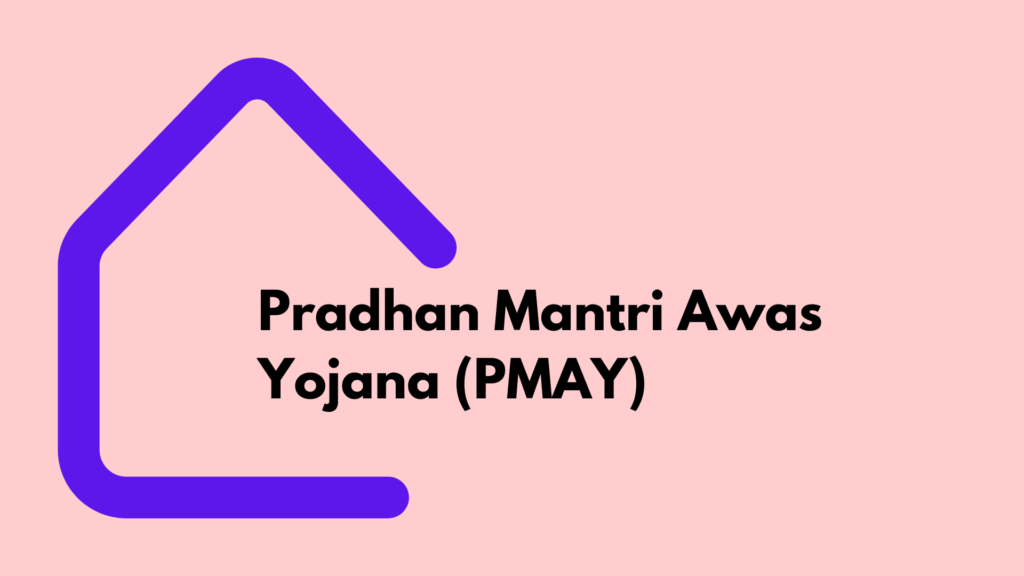The Pradhan Mantri Awas Yojana (PMAY) is one of India’s most ambitious initiatives, aiming to provide “Housing for All” by ensuring affordable housing to economically weaker sections, low-income groups, and middle-income households. Launched in 2015, the scheme is divided into two parts: PMAY-Urban (PMAY-U) for cities and PMAY-Gramin (PMAY-G) for rural areas.
Table of Contents
As we move into 2025, PMAY continues to evolve with policy updates and recent government decisions that impact beneficiaries. Let’s explore the latest developments, eligibility, application process, and challenges surrounding the scheme.

Pradhan Mantri Awas Yojana: Key Features & Objectives
PMAY was designed to address India’s housing shortage and promote sustainable urban and rural development. The major features include:
1. PMAY-Urban (PMAY-U)
- Targets urban housing shortages through new constructions and redevelopment projects.
- Implements the Credit Linked Subsidy Scheme (CLSS), where beneficiaries receive interest rate subsidies on home loans.
- Encourages private-public partnerships (PPP) in affordable housing projects.
- Promotes green and sustainable housing using eco-friendly construction materials.
2. PMAY-Gramin (PMAY-G)
- Aims to provide pucca houses with basic amenities to rural households.
- Financial assistance of ₹1.2 lakh in plain areas and ₹1.3 lakh in hilly/difficult areas per house.
- Houses are built with locally available materials, ensuring climate resilience.
Latest Updates on Pradhan Mantri Awas Yojana (February 2025
The government has introduced several updates to improve the scheme’s outreach and effectiveness.
1. PMAY for Women Empowerment (UP Initiative)
The Uttar Pradesh government has taken a progressive step by mandating that houses under PMAY will be registered in the name of female beneficiaries. This move enhances women’s property ownership and financial security.
2. New Eligibility Criteria for Rural PMAY-G
- Households with a monthly income of up to ₹15,000 are now eligible.
- Earlier, ownership of a two-wheeler was a disqualification, but this restriction has been removed.
- However, families owning three-wheelers, paying income tax, or holding a Kisan Credit Card with ₹50,000+ credit limit remain ineligible.
3. Chhattisgarh’s Rural Housing Expansion
The Chhattisgarh government has announced an initiative to build 1.8 million new houses under PMAY-G, reinforcing its commitment to rural development.
Eligibility Criteria for PMAY
To benefit from PMAY, applicants must meet specific conditions:
- Should not own a pucca house anywhere in India.
- Should not have availed government housing schemes before.
- Must belong to one of the following categories:
- Economically Weaker Section (EWS): Income ≤ ₹3 lakh per annum.
- Low-Income Group (LIG): Income between ₹3 lakh – ₹6 lakh per annum.
- Middle-Income Group (MIG-I & MIG-II): Income between ₹6 lakh – ₹18 lakh per annum.
- Women, SC/ST/OBC, and differently-abled individuals receive priority in the selection process.
How to Apply for Pradhan Mantri Awas Yojana ?
PMAY applications can be made online via the official website or offline through Common Service Centers (CSCs).
Steps to Apply Online:
- Visit PMAY Urban or PMAY Gramin.
- Click on “Citizen Assessment” and enter Aadhaar details.
- Fill in personal, financial, and housing details.
- Submit the application and note the reference number for tracking.
Success Stories: Transforming Lives
Several families across India have benefited from PMAY. Here are a few inspiring cases:
- Madhya Pradesh: A widow, Meena Devi, received a fully constructed 2BHK house, allowing her children to study in a stable environment.
- Odisha: A daily wage laborer, Ramesh Pradhan, utilized PMAY to build a new home, ending decades of renting insecurity.
- West Bengal: The initiative helped over 1 lakh families move from kutcha houses to well-built pucca homes.
Challenges & Road Ahead
While PMAY has made remarkable progress, some challenges persist:
Challenges:
- Land availability for construction, especially in urban areas.
- Delays in fund disbursement to beneficiaries.
- Identification errors, leading to some deserving families missing out.
- Quality of construction in certain projects.
Future Outlook:
- Extension of PMAY-U till 2028 for achieving the remaining targets.
- Digitalization of application and fund tracking for better transparency.
- Encouraging state governments to further subsidize housing costs.
- Collaboration with private developers to speed up urban housing projects.
Conclusion
The Pradhan Mantri Awas Yojana (PMAY) is a game-changer for millions of Indian families, bringing them closer to their dream of owning a home. With continuous policy updates, improved eligibility norms, and state-specific modifications, the scheme is on track to fulfill its promise of housing for all.
Stay updated on PMAY developments and check your eligibility to avail the benefits today!